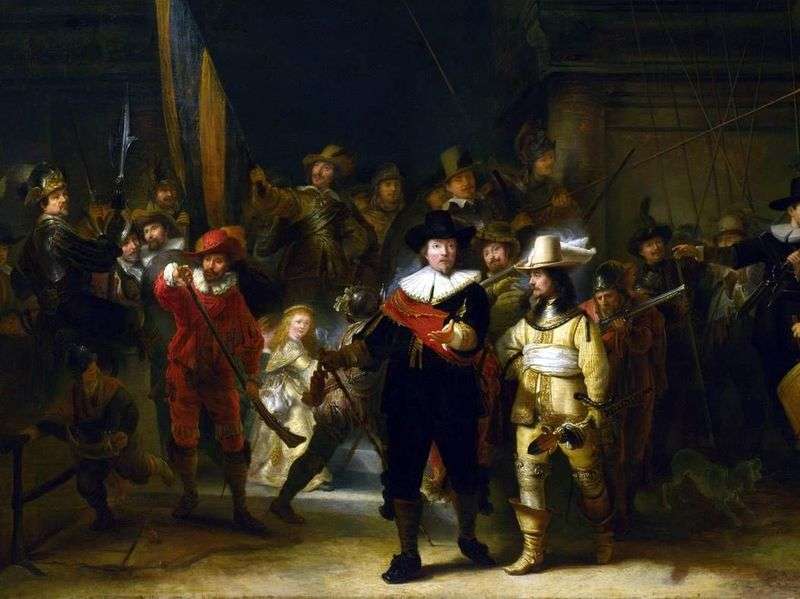
This, the most famous work of Rembrandt, the last two centuries, known as the “Night Watch”. The occasion was the magnificent celebrations arranged in the city in honor of the arrival of the Queen of France, Maria de Medici, who visited Amsterdam in 1638.
The corporation of shooters decided to decorate their new headquarters with large, impressive paintings: each company had to order its own group portrait. Orders received six artists. Rembrandt got the company of captain Frans Banning Kok and lieutenant Wilham van Reitenburch, consisting of sixteen people. A few decades before, the arrow-guards made up a significant squad of volunteers who helped defend the country against the threat of the Spanish invasion, but by the 40s many things had changed: now, respectable wealthy citizens have joined the rifle societies. The artist introduced into the depicted element of heroics, as if reviving the former patriotism.
The atmosphere of such processions with flowing flags, drumbeat, charging muskets is transmitted. “Night Watch” – a group portrait that was paid for by all the arrows shown, but Rembrandt changed it: he introduced casual observers who did not pay him anything; As a result, the portrait turned into a multicolored scene of a street gathering-crowd with mixed up movement and original lighting. The resulting picture is not a static series of portraits, as was customary at the time, but a piece of Amsterdam’s colorful life. A bright beam illuminates faces, figures, laces, brocade clothes and many details: arquebuses and muskets, banners and musical instruments.
Until about 1750, the picture hung in the club of a small society. Then, when the society disintegrated, it was transferred to the town hall and placed in a large hall, in a wall between the windows. But the picture was not part of the space intended for it: I had to cut it from two sides. On a very old copy stored in London, on the right, there are two more figures and a drummer cut half.
The picture hung out of sight, in poor light, against the fireplace, in which fire was almost always maintained; it was damaged by smoke and dust. Finally, in the middle of the 18th century, the Amsterdam city council commissioned the restoration of paintings that adorned the town hall, the painter Van Dyck. This artist was struck by the originality of the plan and the power of execution of the blackened and abandoned canvases hanging between the doors.
Soon he understood why it was precisely this picture that fascinated him: in the corner of it he found the typical, famous “Fecit Rembrandt”. Little by little, wonderful painting began to come out from under the layer of soot and dirt: Van Dyke recognized in it the famous Night Writers by the French writers. He was even more convinced of the authenticity of the treasure he had found, when a guard with the names of corporation members was found on the column of the guardhouse near which the arrows gathered. But what a surprise the restorer was when, after finishing his work, he clearly saw that the scene depicted by Rembrandt does not occur at night, but in bright daylight. The bright, lively, fascinating picture enthralled his contemporaries, but especially the next generation admired it.
Thirty-six years later, Samuel van Hoogstraten writes in his treatise: “Rembrandt perfectly fulfilled his task in the film with the Amsterdam Guardsmen, although many believe that he wrote this large canvas, guided by his own view of things, and not by the rules of creating portraits like that that he was ordered. But no matter how much he criticized this work, he truly was destined to live through all those pictures that take to compete with him, because it is so good in design, so perfectly in execution, there is so much fire in it, so many zheniya that all the paintings next to him look like playing cards. “
 The Night Watch by Rembrandt Harmenz van Rijn
The Night Watch by Rembrandt Harmenz van Rijn Saskia van Eilenburg by Rembrandt Harmens Van Rhine
Saskia van Eilenburg by Rembrandt Harmens Van Rhine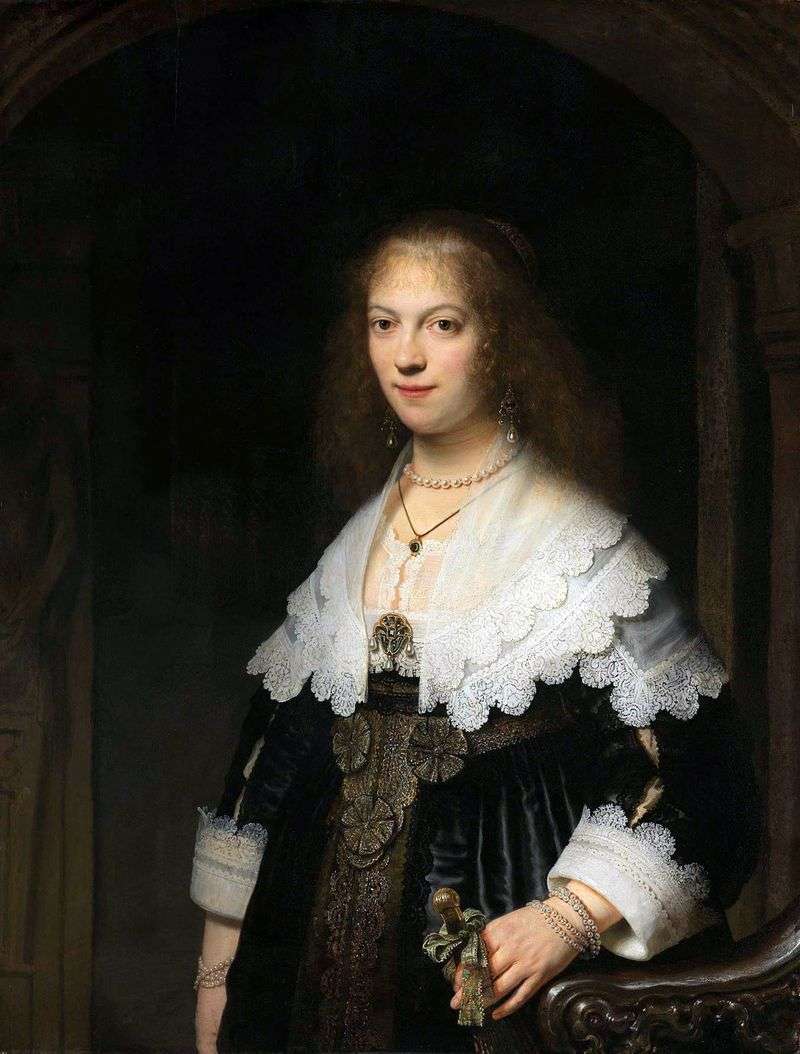 Portrait of Maria Trip by Rembrandt Harmens Van Rhine
Portrait of Maria Trip by Rembrandt Harmens Van Rhine Shuttle of Christ in a Storm by Rembrandt Harmens Van Rhine
Shuttle of Christ in a Storm by Rembrandt Harmens Van Rhine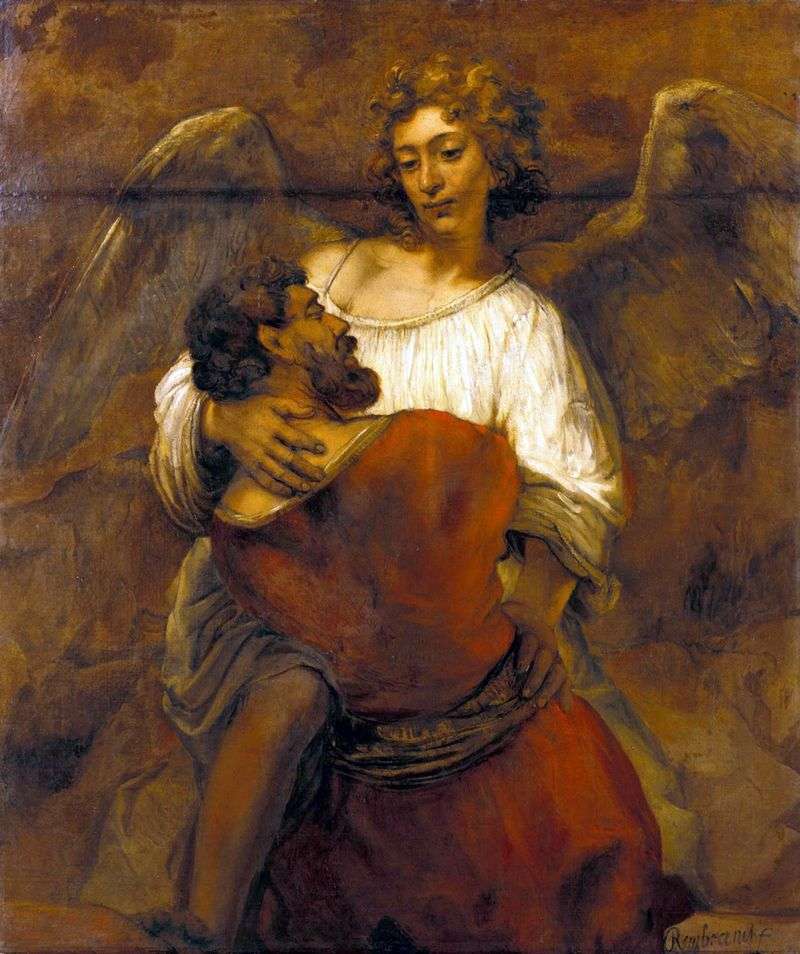 Jacob wrestling the angel by Rembrandt Harmens Van Rhine
Jacob wrestling the angel by Rembrandt Harmens Van Rhine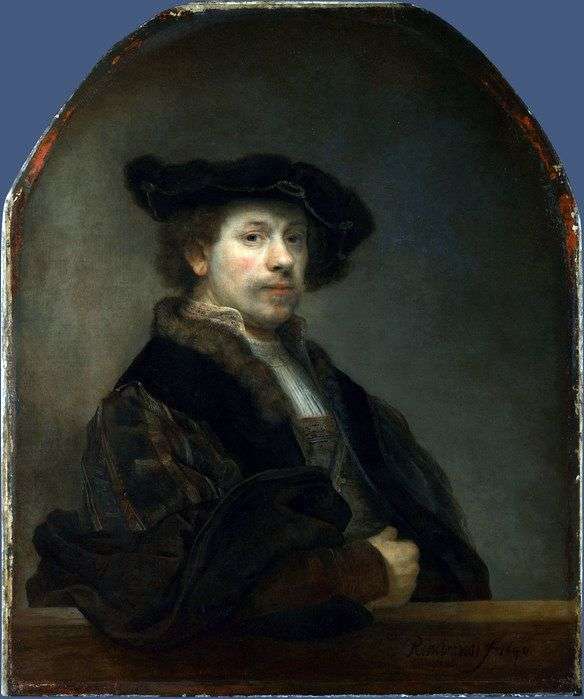 Self Portrait at the Age of 34 by Rembrandt Harmens Van Rhine
Self Portrait at the Age of 34 by Rembrandt Harmens Van Rhine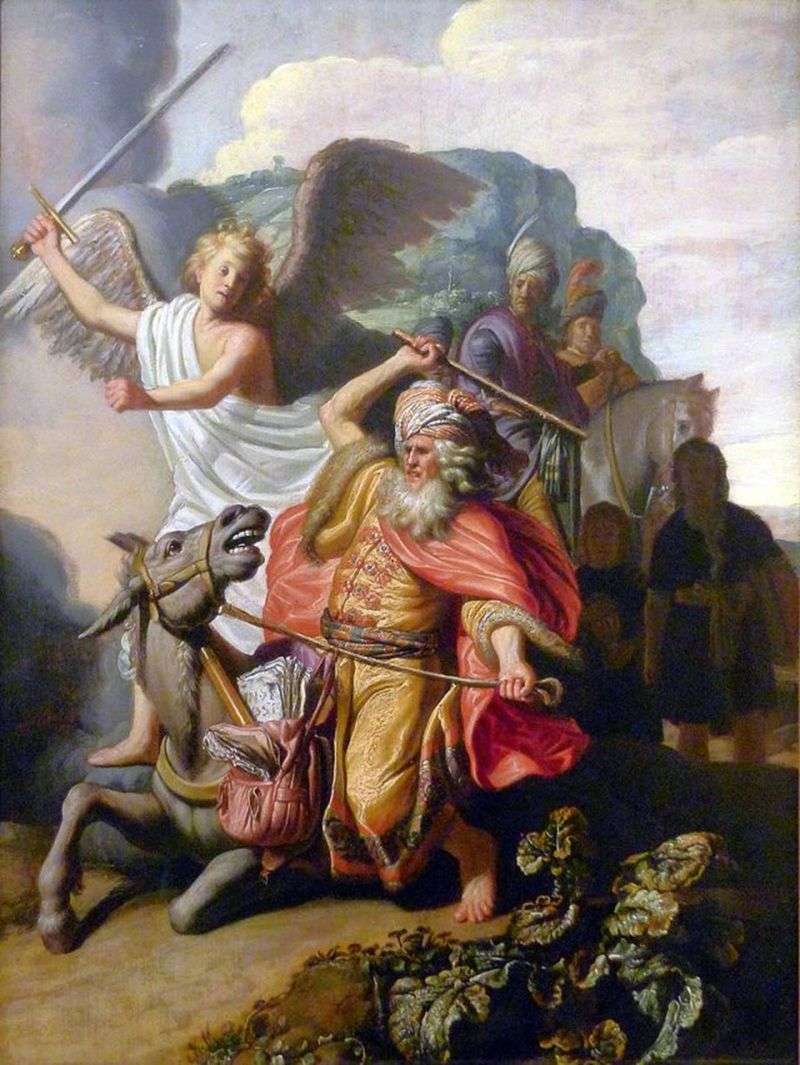 Balaam Ass by Rembrandt Harmens Van Rhine
Balaam Ass by Rembrandt Harmens Van Rhine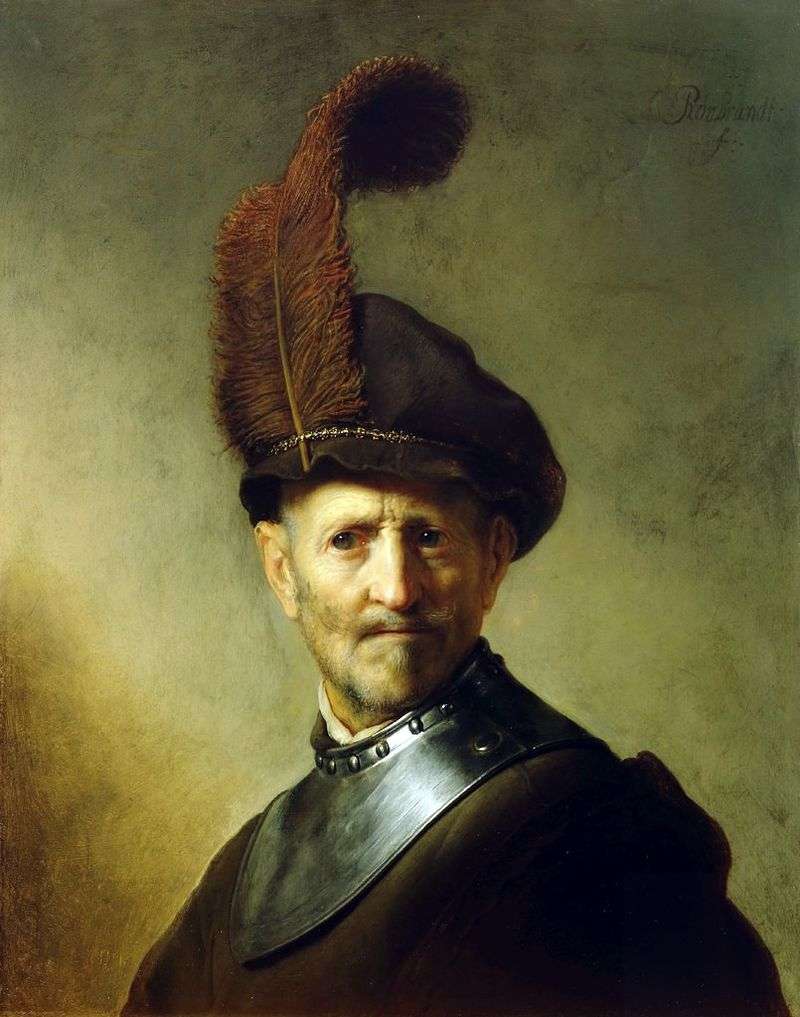 Portrait of an Old Warrior by Rembrandt Harmens Van Rhine
Portrait of an Old Warrior by Rembrandt Harmens Van Rhine